Rabat, the vibrant capital of Morocco, offers a captivating private walking tour that delves into the city’s rich history and architectural marvels. Tailored to individual interests, this experience allows visitors to explore significant landmarks like the iconic Hassan Tower and the Mausoleum of Mohammed V, while uncovering the influence of Almohad rule, Morisco culture, and the era of Barbary pirates. With a flexible 2-hour timeframe, the tour provides an engaging glimpse into Rabat’s past, from its UNESCO-recognized architecture to the resilience it demonstrated during the French invasion. Intrigued travelers can discover more about this captivating journey through the heart of Morocco’s capital.
This experience made our list of the 23 Best Tours In Rabat.
Good To Know
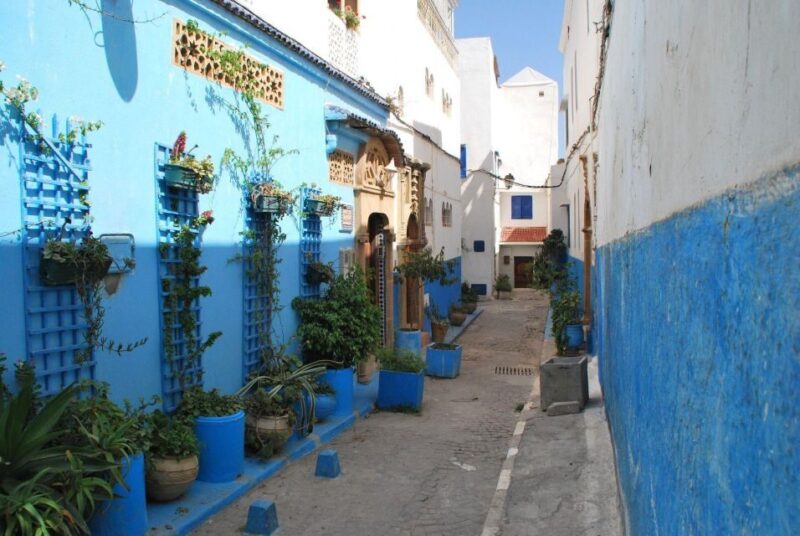
- Explore the iconic landmarks of Rabat, including the UNESCO-listed Hassan Tower, Mausoleum of Mohammed V, and the Kasbah of the Udayas.
- Discover the architectural heritage that blends Moorish, Islamic, and French-colonial styles, reflecting Rabat’s diverse cultural influences.
- Learn about the city’s rich history, from its Almohad foundations to the era of Barbary pirates and the Morisco community.
- Gain insights into Rabat’s resilience in the face of challenges, such as French colonial rule, and its role as a beacon of Moroccan identity.
- Customize the tour to focus on the specific historical aspects that interest you, ensuring an engaging and personalized experience.
Overview of Rabat’s History
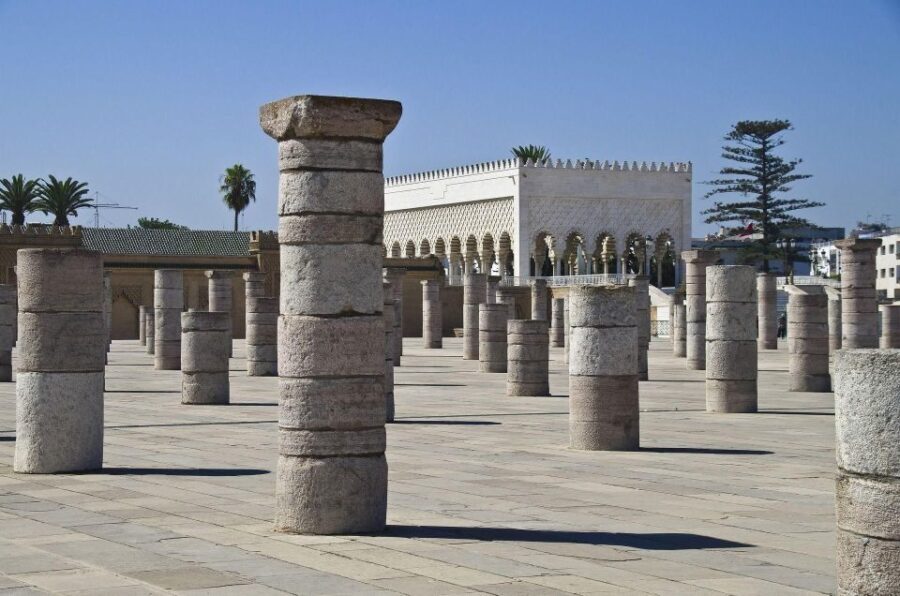
Rabat, the capital city of Morocco, boasts a rich and fascinating history that spans centuries. Founded in the 12th century under the rule of the Almohad dynasty, the city was shaped by the influences of successive Islamic empires.
The arrival of the Moriscos, Spanish Muslims expelled from the Iberian Peninsula, further contributed to Rabat’s cultural diversity. During the era of Barbary pirates, the city played a significant role in maritime commerce and diplomacy.
The Alaouite Dynasty, which ruled Morocco for over 300 years, left an indelible mark on Rabat’s architecture and heritage.
Today, Rabat’s resilience is evident in its blend of traditional and French-colonial structures, as well as its designation as a UNESCO World Heritage Site.
You can also read our reviews of more walking tours in Rabat
Influence of Almohad Rule
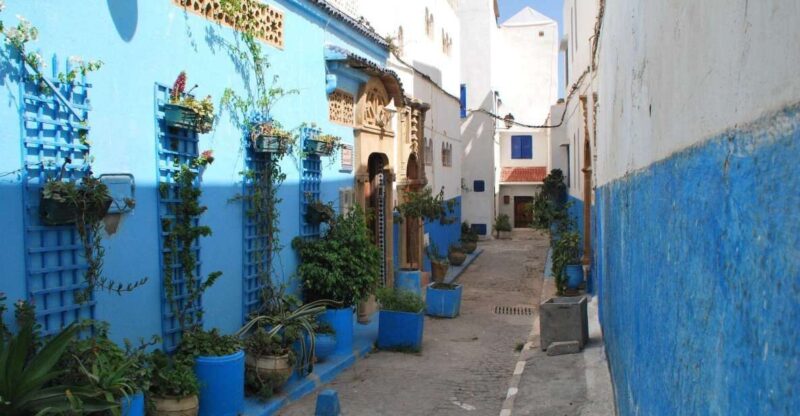
The city’s Almohad foundation, laid under the rule of Abd al-Mumin in the 12th century, infused Rabat with a distinct architectural and cultural identity.
The Almohads, a Berber Muslim dynasty, were known for their sophisticated building techniques and religious fervor. Their influence is evident in Rabat’s iconic landmarks, such as the Hassan Tower and the Mausoleum of Mohammed V.
These structures seamlessly blend Moorish and Islamic elements, creating a harmonious blend of tradition and modernity.
The Almohad legacy continues to shape Rabat’s character, making it a captivating destination for visitors seeking to enjoy the city’s rich history and architectural wonders.
Moriscos and Bou Regreg Republic
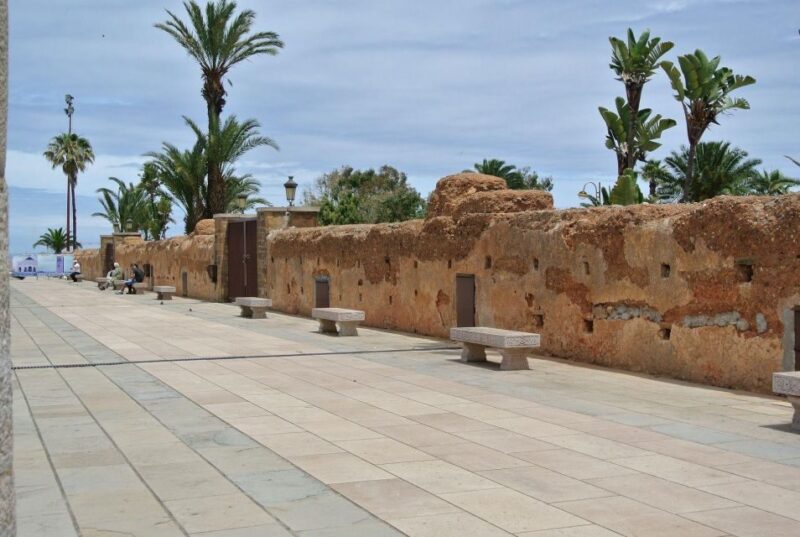
During the 16th and 17th centuries, Rabat became a haven for Moriscos – Spanish Muslims who were forcibly expelled from the Iberian Peninsula.
These refugees established the Republic of Bou Regreg, a semi-autonomous state within the Moroccan sultanate. The Moriscos thrived as merchants, artisans, and sailors, making Rabat a center of commerce and piracy.
Their presence influenced the city’s architecture, culture, and religious practices. The Morisco community played a significant role in shaping Rabat’s identity during this period, contributing to its transformation into a cosmopolitan hub on the Moroccan coast.
Era of Barbary Pirates
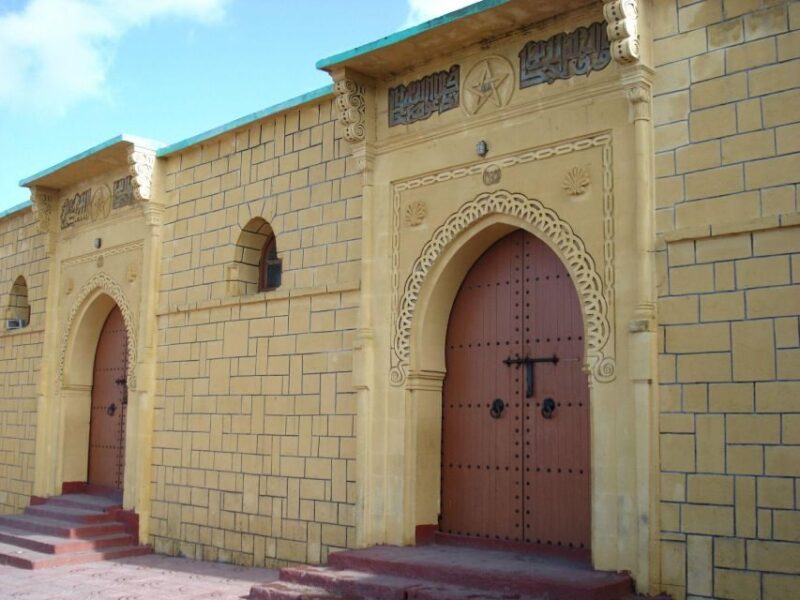
For centuries, Barbary pirates menaced the Mediterranean and Atlantic shipping lanes, launching attacks from the ports of North Africa.
Rabat, situated at the mouth of the Bou Regreg River, became a notorious haven for these sea raiders. The Barbary pirates, also known as the Corsairs, captured merchant ships and held their crews for ransom, amassing wealth and power.
This era of piracy had far-reaching consequences, influencing international relations and sparking conflicts between European nations and the Barbary states.
The historical significance of the Barbary pirates is an integral part of Rabat’s past, shaping the city’s strategic importance and cultural identity.
More Great Tours NearbyImpact of Alaouite Dynasty
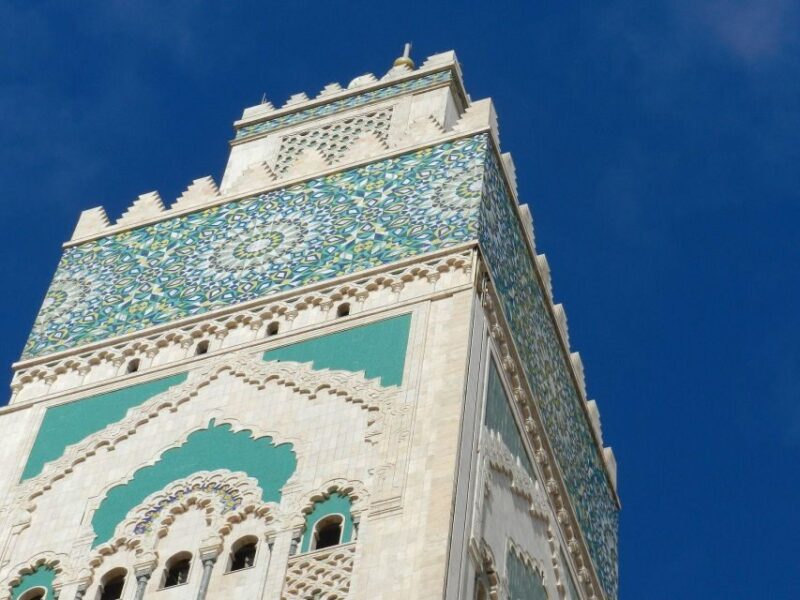
Amidst Rabat’s rich tapestry of history, the lasting influence of the Alaouite Dynasty can’t be overstated.
This Moroccan royal family, which has reigned since the 17th century, has left an indelible mark on the city’s cultural and architectural heritage. Under their patronage, Rabat underwent significant development, with the construction of grand palaces, mosques, and fortifications that blend traditional Moorish and French-colonial styles.
The Alaouite legacy is also reflected in the city’s vibrant arts and crafts scene, where artisans continue to uphold time-honored techniques.
Today, Rabat’s Alaouite-era landmarks stand as testaments to the dynasty’s enduring impact on the city’s identity and its place as a UNESCO World Heritage site.
You can also read our reviews of more private tours in Rabat
Resilience From French Invasion
Though Rabat faced the challenges of French colonial rule, the city demonstrated remarkable resilience in the face of this external influence.
Despite France’s attempts to exert control, Rabat maintained its distinct cultural identity. The city’s historic architecture, including the Hassan Tower and the Kasbah of the Udayas, stood as symbols of Moroccan heritage, resisting the imposition of European styles.
Rabat’s people also fought to preserve their traditions, with local leaders and citizens actively defending their rights and autonomy.
This resilience ultimately paved the way for Morocco’s independence in 1955, allowing Rabat to reclaim its rightful place as a beacon of Moroccan culture and identity.
UNESCO Heritage Site Architecture
Rabat’s status as a UNESCO World Heritage Site is largely attributed to its exceptional architectural heritage. The city’s blend of traditional Moroccan and French-colonial styles creates a unique visual tapestry. Notable landmarks include the grand Mausoleum of Mohammed V, the impressive Hassan Tower, and the picturesque Kasbah of the Udayas.
| Landmark | Style | Significance |
|---|---|---|
| Mausoleum of Mohammed V | Alaouite Dynasty | Resting place of the Moroccan royal family |
| Hassan Tower | Almohad Architecture | Unfinished minaret of the Hassan Mosque |
| Kasbah of the Udayas | Moorish and French-colonial | Fortified historic quarter overlooking the Bouregreg River |
Rabat’s architectural treasures showcase the city’s rich history and cultural influences, making it a truly captivating destination for visitors.
Customizable Tour Options
On the Rabat Private Walking Tour, visitors can customize their experience to suit their interests.
The tour offers flexible options, allowing guests to focus on aspects that intrigue them most.
Customizable elements include:
- Delving deeper into Rabat’s rich history, from its Almohad roots to the impact of the Alaouite Dynasty
- Exploring the city’s architectural gems, such as the magnificent mosques and historic monuments
- Gaining insights into the legacy of Barbary pirates and the Republic of Bou Regreg
- Understanding Rabat’s resilience, from French colonial rule to its independence in 1955
- Tailoring the tour duration to individual preferences, within the 2-hour timeframe.
This personalized approach ensures an engaging and meaningful exploration of Rabat’s cultural tapestry.
Frequently Asked Questions
Is the Tour Wheelchair Accessible?
The tour doesn’t specify if it’s wheelchair accessible. Guests with mobility issues should contact the tour operator in advance to inquire about accessibility accommodations and ensure the tour meets their needs.
What Is the Minimum Age Requirement for Participants?
The minimum age requirement for participants is not specified. However, the tour is suitable for all ages as it involves a walking tour through the city of Rabat.
Can the Tour Be Customized to Include a Visit to the Royal Palace?
The tour can be customized to include a visit to the royal palace. Guests can speak with the guide to tailor the itinerary to their interests and preferences during the private walking tour.
Is Photography Allowed Inside the Historical Sites?
Photography is generally allowed inside the historical sites visited during the tour, but visitors should be respectful and follow any specific guidelines or restrictions set by the sites. The tour guide can provide more details on photo policies.
Are There Any Discounts Available for Students or Seniors?
The tour doesn’t explicitly mention student or senior discounts. However, many tour operators in Rabat sometimes offer reduced rates for certain groups. It’s best to inquire about any available discounts when booking the tour.
The Sum Up
The Rabat Private Walking Tour offers a comprehensive and personalized exploration of Morocco’s capital. Visitors can uncover the city’s captivating past, from its Almohad origins to the Alaouite dynasty, while marveling at its UNESCO-protected architecture. With a flexible itinerary tailored to individual interests, this tour provides an engaging and immersive experience in the heart of Rabat’s rich cultural heritage.
You can check availability for your dates here:More Walking Tours in Rabat
More Tours in Rabat
- From Fez : Rabat : Day Trip (Shared Group Tour)
- Private Boat Tour of the Bouregreg River, a Traditional Boat
- Rabat Half Day City Tour
- 4 Day Tour From Marrakech to Chefchaouen, Sahara Desert and Fes
- Rabat Guided City Tour With Exclusive Mausoleum Mohammed V Visit
- Experience the True Essence of Rabat in a Private Local Tour
More Tour Reviews in Rabat
Not for you? Here's more nearby things to do in Rabat we have reviewed
- From Fez : Rabat : Day Trip (Shared Group Tour)
- Private Transfer From Rabat to Casablanca Airport
- Private Day Trip From Fez to Rabat
- From Casablanca: 4-Days Trip to Chefchaoun & Imperial Cities
- Moroccan Odyssey: 6-Day From Tangier to Marrakech Via Sahara
- Rabat: Private Transfer From Rabat to Fez
- Rabat: Private Transfer From Fez To Rabat
- Fes: Private Day Trip to Rabat With Hotel Pickup
- From Rabat: Full-Day Trip to the Blue City
- Majestic Morocco: Private 7-Day Journey From Marrakech
- Rabat: Private Day Trip From Fez To Rabat
- Rabat Hotels to Casablanca Airport Private Transfer
